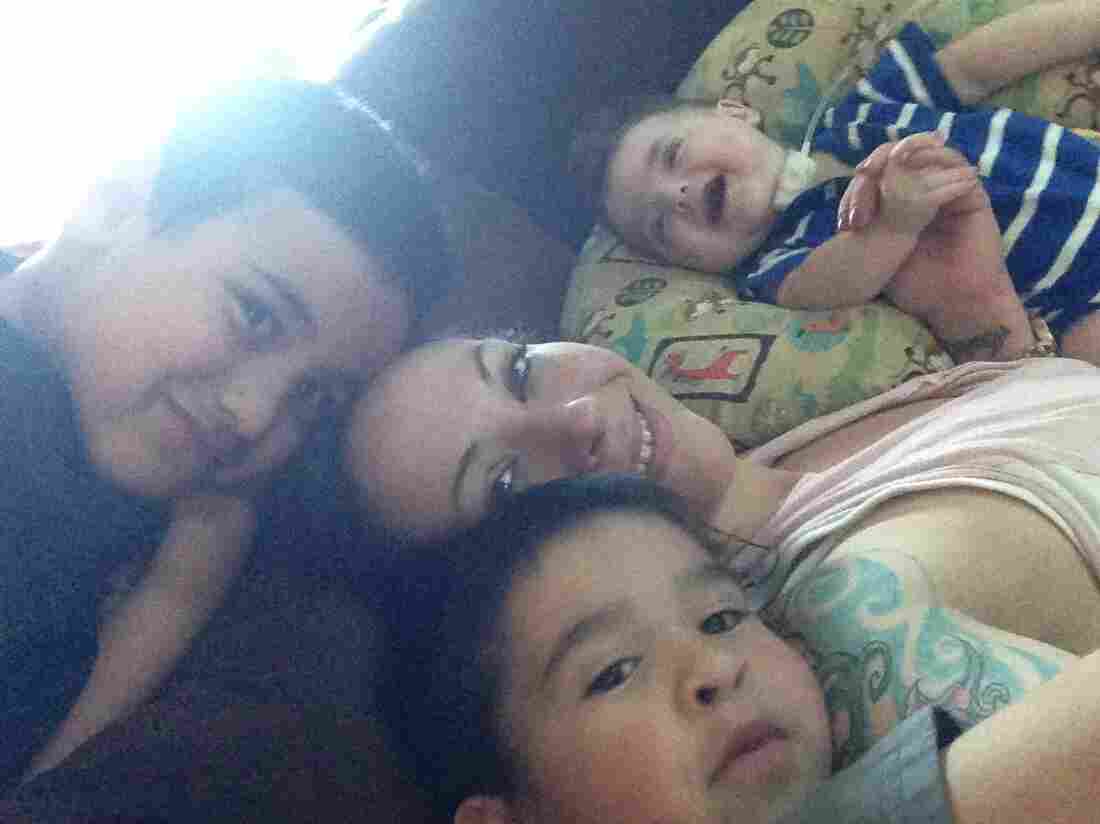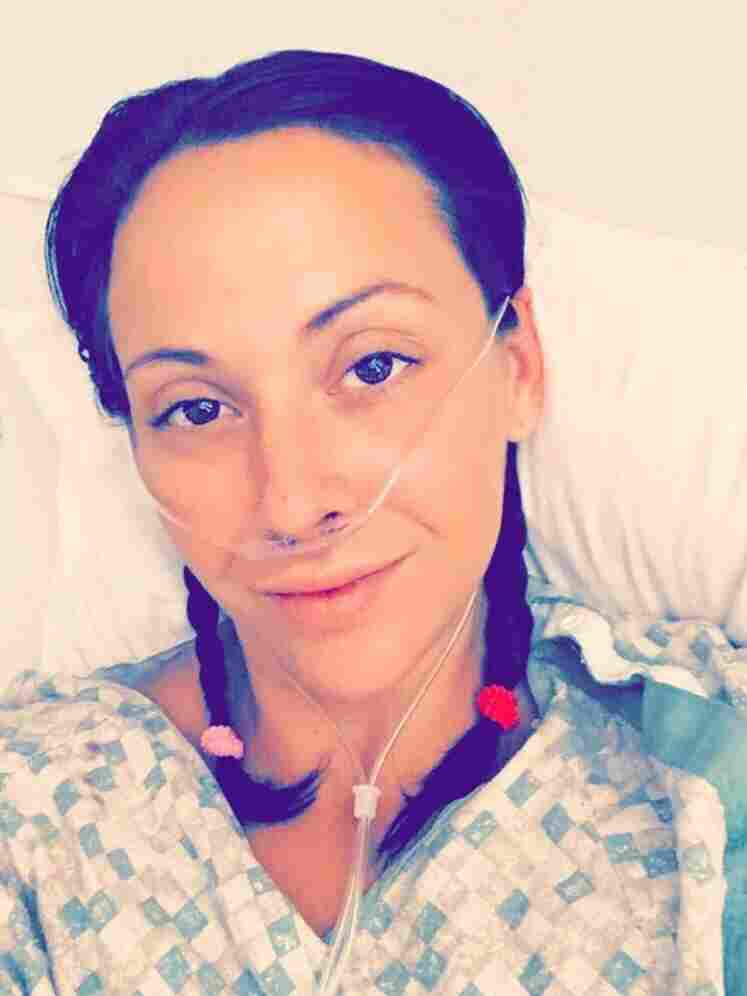Head Of Medicaid Directors On States Imposing Work Requirements For Recipients
Matt Salo, executive director of the National Association of Medicaid Directors talks with NPR’s Ari Shapiro about the Trump administration’s move to allow states to impose work or community engagement requirements on Medicaid recipients.
ARI SHAPIRO, HOST:
Our next guest has been fielding a lot of questions since the administration gave the go-ahead for Medicaid work requirements. Matt Salo is executive director of the National Association of Medicaid Directors. Welcome to the program.
MATT SALO: Thank, you Ari.
SHAPIRO: Some states have been trying to implement this for several years, wanting to cut off Medicaid unless certain recipients were employed or in school. Were you surprised when the letter went out from the Trump administration saying, OK, you can now apply to do this?
SALO: No because in fact we had Seema Verma, as was referenced earlier, announce at our annual meeting back in November that this was coming and this was clearly a priority for the administration. And it was in response to the types of requests that had been put forward by states like Kentucky, Indiana, Wisconsin, Arizona and others for a couple years now. So we knew this was coming.
SHAPIRO: How much leeway will individual states that get this waiver have to determine what counts as able-bodied or what counts as employment or education?
SALO: I think with all waivers or innovations of this type, you’re going to see a pretty broad variety of state approaches. But what I think is really important here is if you look at the guidance that came out this morning, it does lay out some very, very sort of strict parameters in terms of the types of things that can count as work. And as we’ve talked about, there’s – it’s not just work. It’s lots of other things – volunteering and child care, et cetera. And there are lots of parameters they’re putting out in terms of who should be exempted for a variety of reasons.
And I think what you’re really going to see from a lot of the states who are doing this is this is a tool really to try to figure out, of the population, of the working-age adult population, you know, are they already engaged in the community? And if not, how do we help them get there? How do we provide them with the supports and services that get them on that path?
SHAPIRO: So far we know of 10 states that want to do this. Do you expect that there are many more waiting to see how this works out that might jump in if it goes well?
SALO: I think so. I think, you know, most states or all states knew that the Obama administration was not going to allow this. And you know, there’s a certain amount of work, to be honest, that goes into putting together the parameters for this…
SHAPIRO: You mean just paperwork.
SALO: …Trying to figure out, what do the systems look like? How do you do this? And other states are going to want to know, you know, can this survive a legal lawsuit challenge and…
SHAPIRO: Well, I was also going to ask, do you expect to see many legal challenges to this policy?
SALO: Sure, sure. I mean, we’ve already heard from some of the legal groups – National Health Law Program, et cetera – that they will probably file a lawsuit the minute that the first state gets approved. So that will come. That’s not a surprise. And I think what you’ve seen in the guidance is a pretty clear attempt to structure a policy that will be able to surmount some of those legal challenges.
SHAPIRO: This is happening as the United States struggles with the opioid epidemic. And Medicaid covers addiction treatments. What risks and challenges do you see with implementing these work requirements as this opioid crisis continues?
SALO: Well, I think the – you know, I always look to people like Governor Kasich in Ohio, who has been as articulate and outspoken and passionate about both the Medicaid expansion and its role in treating the opioid epidemic, you know? And what he has said is, look; I think work is the best social program, but for people who are struggling with the opioid epidemic, they’re never going to be able to get a job until we can get them on the path to recovery.
And so I think that’s – for these things to really be successful, they’re going to employ some version of that – you know, trying to figure out who it is that’s struggling with opioid or any other substance use disorder and trying to figure out – not shaming them or wagging our finger but saying, you need help; how do we get it to you, and how do we get you on that path to recovery so that you can work or be engaged in the community in other ways?
SHAPIRO: Just in the minute we have left, I wonder how much of an experiment this is. I mean, if a number of people lose Medicaid coverage, could it end up costing a state more if those people aren’t getting preventive care are going to the emergency room more?
SALO: I don’t think people are really looking at it in a dollars and cents perspective like that. They’re really looking at this as this is an approach to try to improve the health and well-being of this population. And you know, the dollars and cents, you know – people know this is going to take money to build this out, to track work requirements. That’s not an issue. It’s the policy behind it that’s really trying to get at improving health and well-being for people.
SHAPIRO: Matt Salo is executive director of the National Association of Medicaid Directors. Thanks for joining us.
SALO: Thank you.
Copyright © 2018 NPR. All rights reserved. Visit our website terms of use and permissions pages at www.npr.org for further information.
NPR transcripts are created on a rush deadline by Verb8tm, Inc., an NPR contractor, and produced using a proprietary transcription process developed with NPR. This text may not be in its final form and may be updated or revised in the future. Accuracy and availability may vary. The authoritative record of NPR’s programming is the audio record.

















